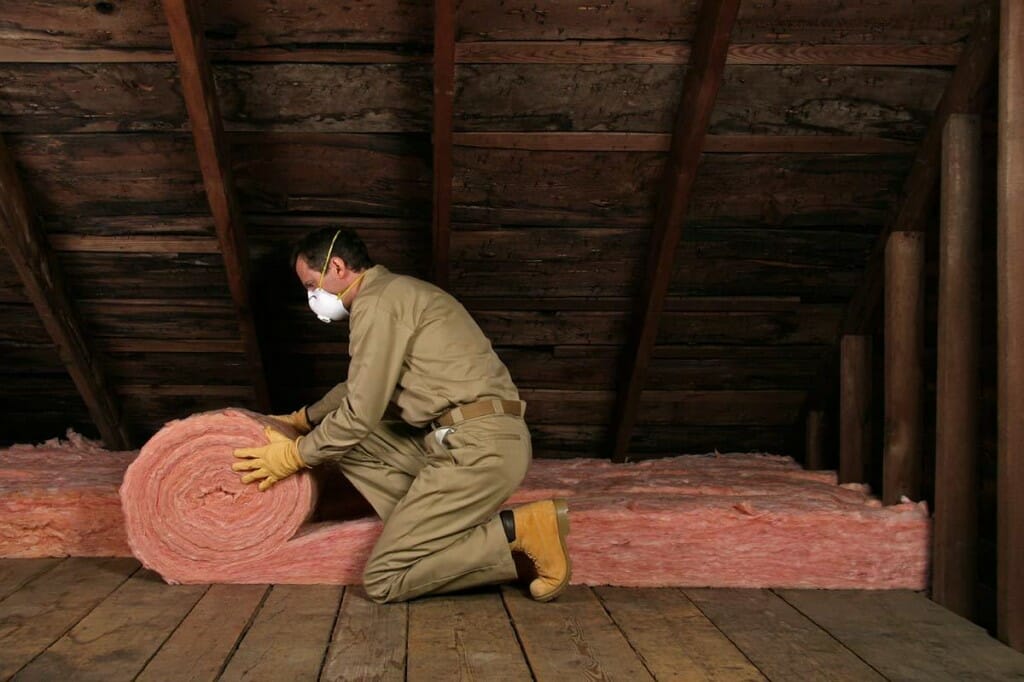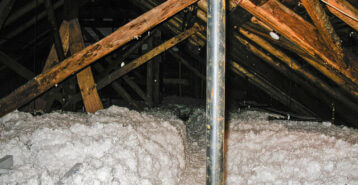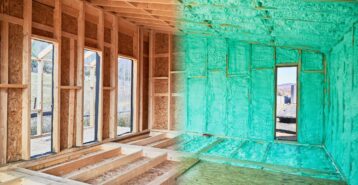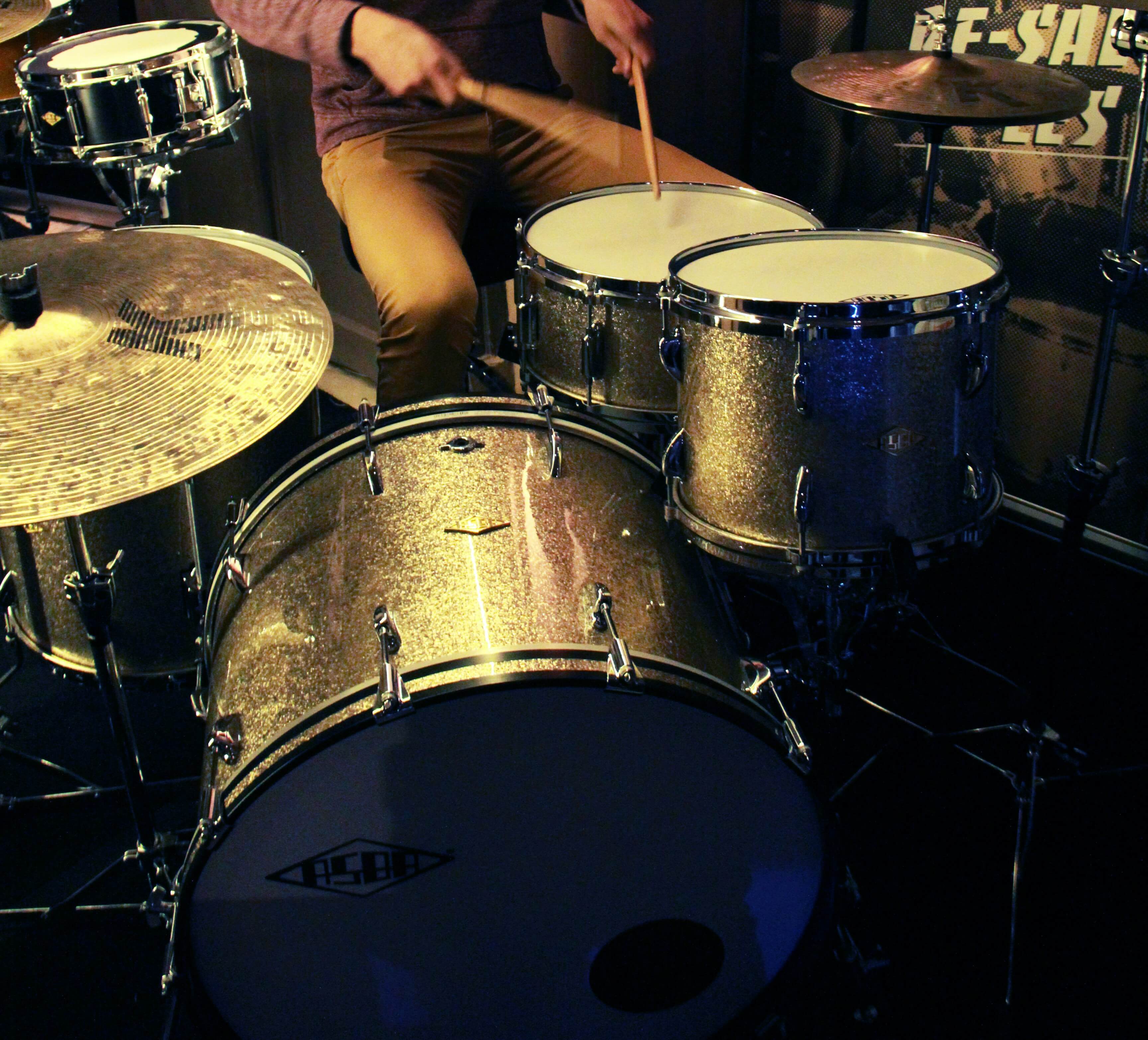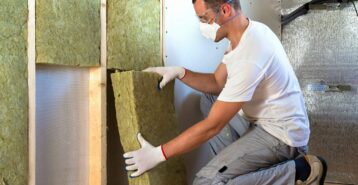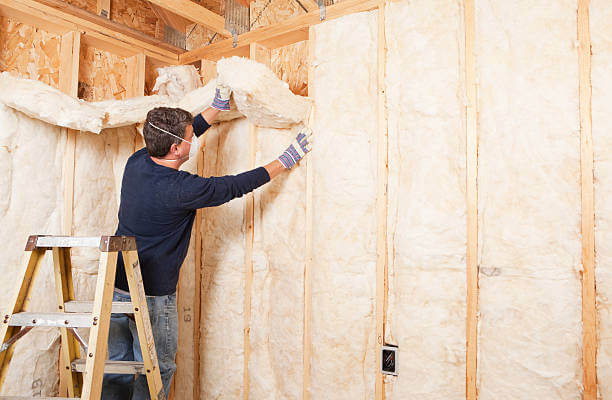A Comprehensive Guide to Rolled Insulation Pricing and Installation
Rolled insulation, also known as batts or blanket insulation, is one of the most common and cost-effective ways to insulate a home. This type of insulation is known for its affordability, ease of installation, and wide availability, making it a popular choice for both new construction and retrofit projects. But what exactly is rolled insulation, and how much should you expect to pay for its installation? This guide breaks down the cost factors, installation details, and how rolled insulation compares to other types.
What Is Rolled Insulation?
Rolled insulation consists of large, flexible sheets or rolls of material, typically made from fiberglass, mineral wool, or natural fibers like cotton. The material comes pre-cut to fit between standard wall studs, attic rafters, and floor joists, making it easy to install in a variety of spaces. Rolled insulation provides good thermal resistance (R-value) and is particularly effective in areas with regular spacing between framing elements.

It is available in different thicknesses and widths, allowing homeowners to choose the best fit for their insulation needs. Rolled insulation is also often faced with kraft paper or foil, which acts as a vapor barrier to help control moisture.
Cost of Rolled Insulation Per Square Foot
The cost of rolled insulation typically ranges from $0.30 to $1.50 per square foot for the materials alone. The price varies depending on the type of material used:
- Fiberglass: The most common type, with costs ranging from $0.30 to $0.90 per square foot.
- Mineral Wool: Provides better soundproofing and fire resistance, costing between $0.60 to $1.20 per square foot.
- Cotton (Denim) Insulation: An eco-friendly option made from recycled materials, priced between $1.00 to $1.50 per square foot.
These costs can fluctuate based on the R-value (thermal resistance) required, the thickness of the insulation, and the overall quality of the product chosen.
Total Average Cost to Install Rolled Insulation
When factoring in labor, the total cost to install rolled insulation typically ranges from $1.50 to $3.50 per square foot. For an average-sized home, homeowners can expect to pay between:
- $1,000 to $3,500 for insulating a 1,000 square foot attic or crawl space.
- $1,500 to $4,500 for insulating walls in a 1,500 square foot home.
The total cost can vary depending on several factors, including the complexity of the job, location, and the type of insulation material used.
Factors That Affect the Cost of Rolled Insulation
Several factors can influence the overall cost of installing rolled insulation:
- Material Type and Quality: Different types of rolled insulation (fiberglass, mineral wool, cotton) have varying costs, and higher-quality materials generally cost more but offer better performance.
- R-Value: The higher the R-value, the greater the insulation’s effectiveness, but also the cost. Higher R-value insulation is thicker and provides better thermal resistance, which may increase material and installation costs.
- Location and Accessibility: The cost can increase if the area being insulated is difficult to access, such as tight attic spaces or walls behind existing drywall. Easy-to-reach spaces like unfinished attics will cost less to insulate.
- Labor Rates: Labor costs vary by region and can significantly impact the total cost of installation. In areas with a higher cost of living, labor rates will be more expensive.
- Size of the Area: Larger areas will require more materials and labor, increasing the overall cost. However, larger projects might benefit from bulk pricing or discounts.
- Additional Services: Removal of old insulation, repairing structural issues, or adding vapor barriers can add to the cost. If the insulation is being installed in an older home, there may be additional costs associated with preparing the area for new insulation.
How Is Rolled Insulation Installed?
Installing rolled insulation involves several key steps to ensure proper coverage and effectiveness:
- Preparation: The area to be insulated is cleaned and prepped. This may include removing old insulation, sealing gaps, or repairing any damage.
- Cutting and Fitting: The rolled insulation is unrolled and cut to fit between the studs, rafters, or joists. It’s important to cut the insulation slightly longer than needed to ensure a snug fit.
- Placement: The insulation is then placed between the framing, with the facing (if any) positioned appropriately to act as a vapor barrier. In attics, insulation is often laid over existing insulation to increase R-value.
- Securing: Insulation is secured in place using staples, adhesives, or friction fitting. Care is taken to avoid compression, which can reduce the insulation’s effectiveness.
- Final Check: The installation is inspected to ensure complete coverage without gaps, and any remaining materials are removed. The area is also checked for safety and compliance with local building codes.

How Does Rolled Insulation Compare to Other Types?
While rolled insulation is a popular and cost-effective choice, it may not always be the best option for every situation. Here’s a quick comparison to other types:
- Blown-In Insulation: Costs about $1.00 to $2.80 per square foot, making it slightly more expensive than rolled insulation. However, blown-in insulation is better suited for filling irregular or hard-to-reach spaces, such as existing walls or tight attic corners.
- Spray Foam Insulation: Is the most expensive, costing between $3.00 to $7.00 per square foot. It provides superior air sealing and moisture resistance, making it ideal for areas prone to air leaks or moisture but is generally overkill for simple applications where rolled insulation suffices.
- Rigid Foam Board Insulation: Ranges from $2.00 to $4.00 per square foot. It is excellent for areas needing a high R-value with minimal thickness, like basement walls, but can be difficult to install around complex framing.
Is Rolled Insulation the Right Choice for You?
Rolled insulation is an excellent option for homeowners looking for a cost-effective and relatively easy way to improve their home’s energy efficiency. It works well in attics, walls, and floors with standard framing and is suitable for DIY or professional installation. However, it may not be the best choice for irregular spaces or areas prone to moisture or air leaks. Consider consulting with a professional to determine the best insulation type for your specific needs and budget.
